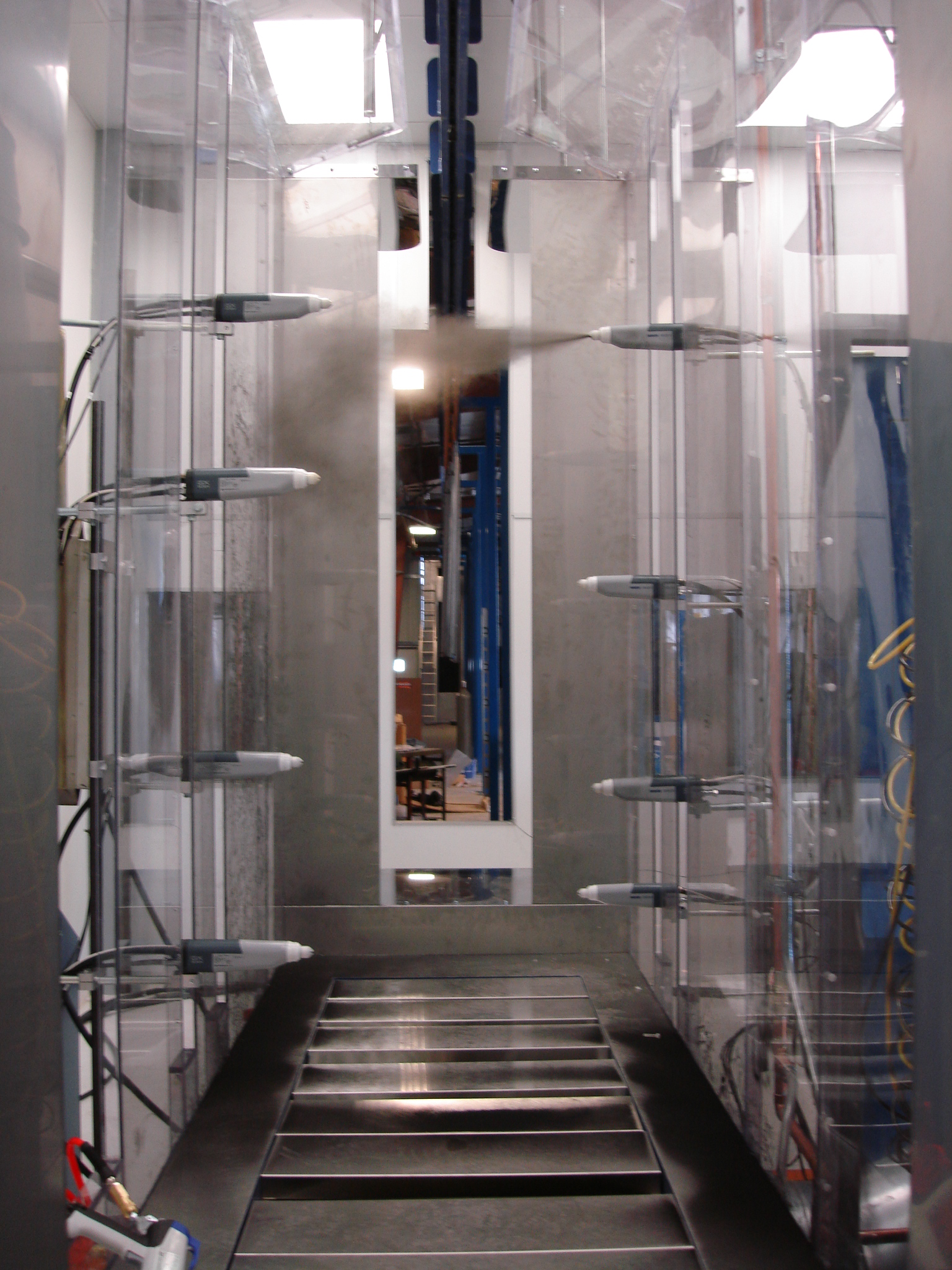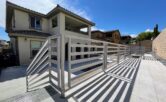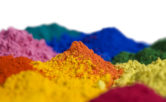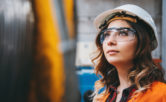
How Does Powder Coating Work?
Painting metal parts is a royal pain. It’s time-consuming, messy, and imprecise. You have to worry about runoff and dripping and uneven coats. Even worse, after you paint it, the coating isn’t permanent. It has to be retouched repeatedly, and eventually, the paint gets so thick that the whole thing needs to be stripped and repainted.
Powder coating is an alternative to paint that can solve many of these problems, here’s how it works:
What Is Powder Coating?
Powder coating is an excellent alternative to paint that provides a near-indestructible, permanent, and even coating that is simple to apply and environmentally friendly. It’s an electrostatic process that uses dry powder and an electric charge to create the final finish on most metallic items and some non-metallic surfaces, too.
Understanding Powder Coating
The powder coating process involves applying color to primarily metal parts. Some of the most common projects include wrought iron fence posts and outdoor home detailing, automotive parts, gas ranges, agricultural equipment, and kitchen mixers. A specialized pigment starts off as a dry powder, then is applied to the dry parts of the surface to be colored (hence the term “powder coating”).
This powder-coated surface is then exposed to heat and electrical charges. The powder melts and undergoes a chemical bonding process, hardening into a solid coating that perfectly contours to the surface. Powder coating is inexpensive and far more durable than paint.
Types of Powder Coating
Did you know that there are multiple different types of powder coating, and that some are better suited than others for the finish you require? Here’s a quick rundown on the various types of powder coatings:
- Epoxies: the first widely used powders, epoxies adhere to the surface of the item being coated very well. Unfortunately, they make up for their incredible adhering power with a lackluster performance in durability.
- Polyesters: these are the most commonly-used powders, and you get great value for your investment with them. They also come in a huge array of colors, gloss levels, and special effects!
- Super Durable Polyesters: these offer all of the great advantages of polyesters with the additional benefit of holding their color and gloss for 10 to 15 years.
- Epoxy-Polyester Hybrids: These combination resins boast overbake resistance and yield ultra-smooth, thin films. They’re also more economical than a pure epoxy.
- Fluoropolymers: These powders offer extraordinary weathering properties and world-class color and gloss retention. They are often used on architectural projects.
- Urethanes: Chemically similar to polyesters, but these powders use a different curing agent, and offer a very smooth finish paired with good durability.
Powder Coating Process
The entire process can be broken down into three steps. Each of these steps must be completed to ensure a perfect powder coat. When powder coating non-metallic surfaces, the process may be slightly different due to the requirements of the materials.
Cleaning
The first step in applying the powder coat is to clean the surface of the item being coated. It must be completely free of grease, oil, or dirt. This includes oil from the skin that may be transferred from handling the piece. Usually, when cleaning, a sandblaster or acid bath is used to clear debris, then brushed to remove remaining grit and moisture.
Applying the Powder Coat
After being cleaned, the item is connected to an electrode, to give it a positive electrical charge. The powder is then applied using a Corona gun, which is similar to a paint sprayer, but contains the powder coat along with a thermoset (“heat curing”) polymer, which has a negative electrical charge. As the powder is blown over the part, the positive and negative charges are magnetically attracted to one another, causing the powder to cling to the item, like a balloon sticks to a wall from static electricity.
Thermoset Treating
After the item is completely covered in powder, it is placed into an industrial oven. Once inside, the oven bakes the powder onto the piece. The powder does not simply melt over the part; rather, some of the powder carbonizes from the heat, a process that releases no noticeable gas or smoke. The remaining powder bonds to the carbonized powder at a molecular level.
This leaves behind a bonded shell, which is highly resistant to scratches, chipping, or wearing down. After the part cools, it is ready to go, with a coat of vibrant color that aligns perfectly with every contour of the item.
Advantages of Powder Coating
The advantages of powder coating over painting vary widely and apply to nearly every project:
- Non-chipping, nearly-indestructible coating
- Protects the surface below the powder coat
- Much more environmentally responsible than paint
- Durable regardless of the environment (indoors/outdoors, all-weather)
- Highly efficient: nearly waste-free process
- Extremely high-quality finish
- Low cost
- Color variety
Your Powder Coating Specialists
Do you have a metal item that needs a splash of color or a durable finish? The powder coating process might be perfect for you. If you have any questions about the process of powder coating to color metal parts, we can help. Feel free to read over our services, and contact us today for more information.




